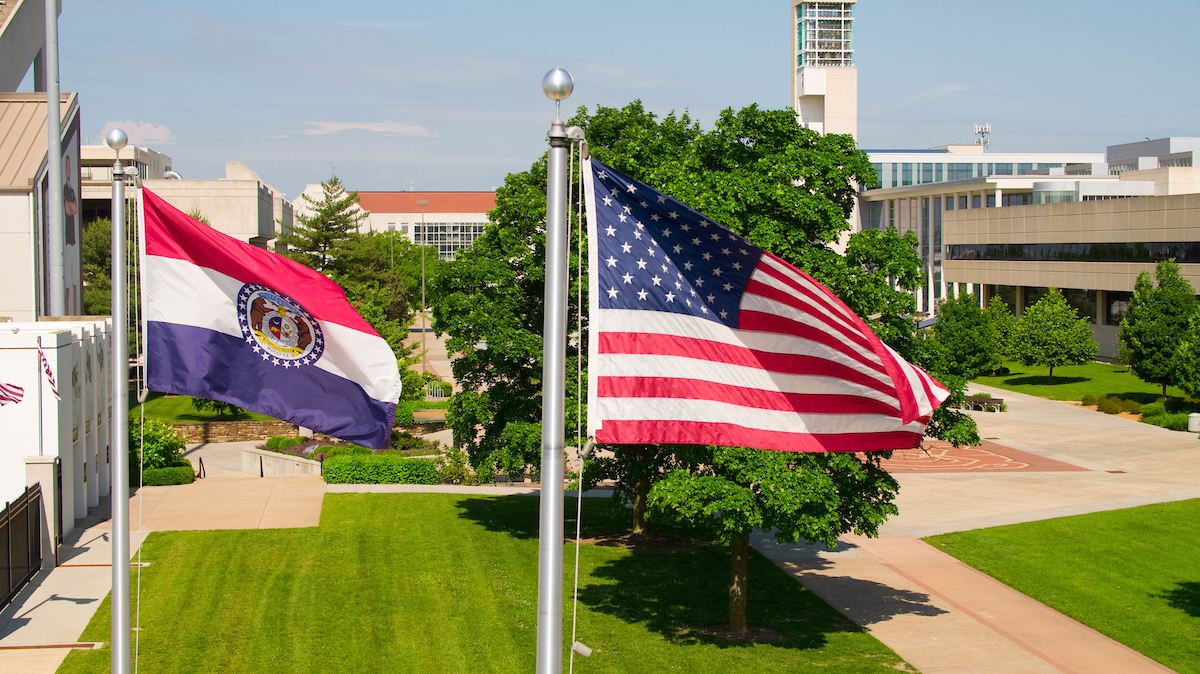A discovery among a College of Natural and Applied Sciences (CNAS) trio recently transformed into an official U.S. patent.
Dr. Razib Iqbal, associate professor of computer science, Dr. Keiichi Yoshimatsu, associate professor of chemistry and biochemistry and Joshua Ellis, CNAS alumnus, piloted this effort.
“This successful patent application demonstrates the university’s commitment to our research efforts and safeguarding our innovations,” Iqbal said. “It contributes to attracting top talents, including faculty and students.”
Infrared spectra matching
The patent is based on the invention of a new spectra matching method. But what’s that?
“Spectra matching is a process to compare one spectrum with another to determine how similar they are to each other,” Yoshimatsu said. “An improved spectra matching method more accurately finds the best matches out of a large data set.”
This improved matching method is the patent’s foundation.
“In this patent, we secured a novel approach for calculating the similarities of Fourier-transform infrared (FTIR) spectra,” Iqbal said. “Our approach calculates the spectral similarity in increments based on the local spectral shapes. This reduces the bias on uneven weighing of large and/or broader peaks.”
Infrared spectra matching is used in many common applications.
“It’s used in forensic investigations to determine the possible model of a car being used from a trace paint found at the crime scene,” Yoshimatsu said. “Our patented spectra matching method allows such tasks to be performed more accurately.”
The meaning of a patent
Obtaining a patent is a long process. The trio filed their application in March 2020.
But receiving the patent in August was worth the wait and will benefit both the university and the industry. Iqbal notes their main motivations are to foster new partnerships with the industry, leading to the development of new technologies and job creation.
It’s also important to note that patents are more attractive to potential industrial partners when they are seeking new inventions for future products.
“We felt our method holds advantages over existing methods, so our hope is to find an industrial partner who will be interested in using it,” Yoshimatsu said. “This would be a great opportunity to showcase how the research activities at Missouri State University could lead to real-life industrial applications.”
Discover more from CNAS NewsWatch
Subscribe to get the latest posts sent to your email.

